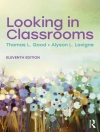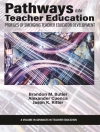How can we unmask the vested interests behind capital’s ‘cultural’ urban agenda? Limits to Culture pits grass-roots cultural dissent against capital’s continuing project of control via urban planning.
In the 1980s, notions of the ‘creative class’ were expressed though a cultural turn in urban policy towards the ‘creative city’. De-industrialisation created a shift away from how people understood and used urban space, and consequently, gentrification spread. With it came the elim...
Table des matières
List of Illustrations
Introduction
1. Cultural Turns: A De-Industrialised Estate
2. Creative Classes: Aesthetics and Gentrification
3. Colliding Values: Civic...
A propos de l’auteur
Malcolm Miles is Professor of Cultural Theory at the University of Plymouth. He is the author of Herbert Marcuse: an Aesthetics of Liberation (Pluto, 2011) and ...












